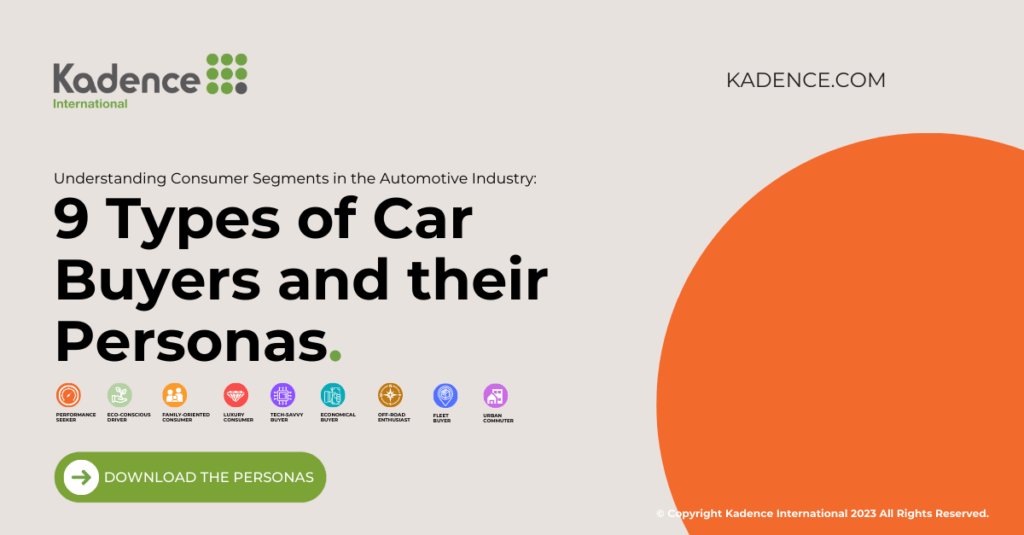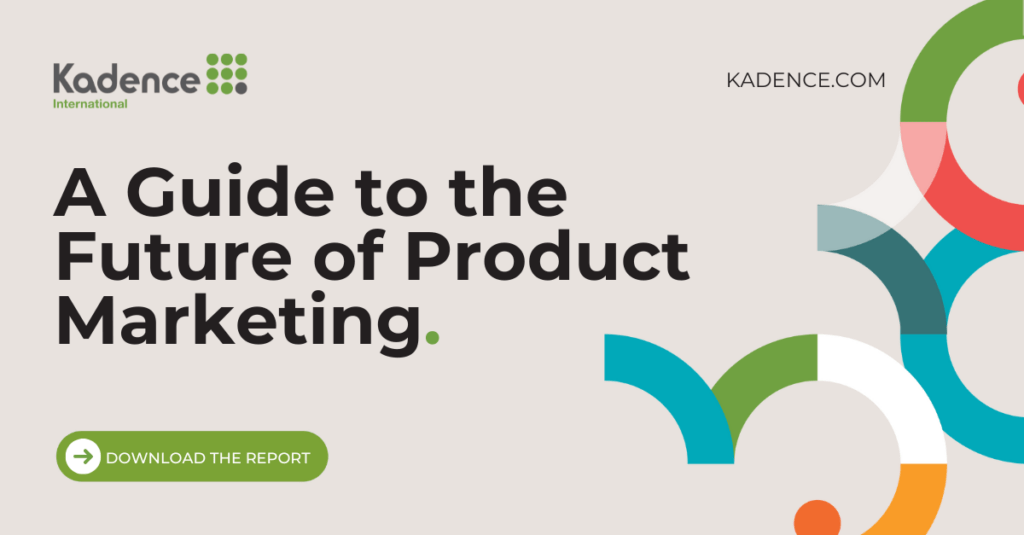The success of any market research endeavor is contingent upon the design of its most elemental building block – the questions asked. Yet, it’s a factor often underestimated in its potential to unlock unparalleled insights into the ever-evolving market landscape. When wielded with skill and precision, this vital tool can lead to a deeper, more nuanced understanding of consumer behavior and business opportunities.
The Intersection of Qualitative and Quantitative Questions
An effective market research campaign requires a seamless interplay of qualitative and quantitative research methods. Each serves as a lens, one subjective and explorative, the other objective and numerical, working harmoniously to offer a panoramic view of the market landscape.
Qualitative Research: The ‘Why’ Behind Actions
Qualitative research presents an avenue to explore your target audience’s intricate motivations, opinions, and behaviors. It takes you on a deep dive into the ‘why’ behind the choices consumers make, helping you unravel layers of decision-making processes that numbers alone can’t reveal.
Best practices include:
- Targeted Questioning: Focus on specific aspects of your product, service, or market you want to understand better. Do not be too broad or vague; this may confuse respondents and lead to less useful answers.
- Avoid Leading Questions: Ensure your questions do not imply an answer. For instance, instead of asking, “Don’t you think our product is the best in the market?” ask, “How would you rate our product compared to others in the market?”
- Iterative Approach: Allow for follow-up questions based on the respondent’s answers. This flexibility sets qualitative research apart and can lead to unexpected but valuable insights.
Quantitative Research: The ‘What’ and ‘How Much’
Quantitative research offers the precise, numerical data that forms the backbone of any solid market analysis. It answers questions about ‘what,’ ‘how much,’ ‘how many,’ and ‘how often,’ providing a quantifiable measure of market trends and consumer behavior.
For best results:
- Specific and Measurable: Design your questions to generate specific, quantifiable responses. Avoid ambiguity that can lead to varying interpretations of the question.
- Scale Appropriately: When using scales (e.g., 1-10), ensure they are appropriate for the question being asked and provide clear instructions on what each number represents.
- Statistically Relevant: The goal should always be to gather data that can be statistically analyzed. Therefore, consider your sample size and ensure it’s large enough to provide relevant insights.
It’s imperative not to favor one method over the other. Instead, recognize the unique strengths and limitations of both qualitative and quantitative research. Utilize them in tandem to create a holistic narrative about your market and audience. One captures the human stories and emotions that resonate on an individual level. The other quantifies these experiences and perceptions into actionable metrics, enabling you to discern patterns, trends, and opportunities.
This blend of numbers and narratives, hard facts with soft insights, creates a comprehensive picture that facilitates informed decision-making. It’s not just about data collection but about weaving together diverse threads of information to create a richer, more nuanced market tapestry. And it all begins with asking the right questions.
Crafting Qualitative Research Questions: Unearthing the Hidden ‘Whys’
The potency of qualitative research lies in its ability to uncover the deeper motivations, sentiments, and perceptions that lie beneath the surface of your consumers’ behavior. They are the detective’s inquiries in your market research mission, digging for clues about your consumer’s preferences, needs, and attitudes that aren’t immediately apparent.
- Aim for Open-Endedness: When it comes to qualitative research, open-ended questions are your best friend. They invite the respondent to share their thoughts and feelings freely without confinement. Instead of asking, “Do you like our new product?” (yes/no), ask, “What are your thoughts about our new product?”
- Encourage Storytelling: People naturally resonate with stories. Frame your questions in a way that encourages respondents to share their experiences. For instance, “Can you describe a time when our product particularly helped you?” allows the respondent to provide a narrative, providing rich, context-specific data.
- Avoid Assumptions: The goal is to explore, not lead. Ensure your questions don’t assume anything about the respondent’s beliefs or behaviors. “Why do you prefer our product?” assumes they prefer it. Instead, ask, “How does our product compare to similar products you have used?”
- Explore Emotional Responses: Questions that tap into emotional responses can provide valuable insights about a product or brand perception. Ask questions like, “How does using our product make you feel?” to understand the emotional relationship between consumers and your product.
- Keep Language Simple: Avoid industry jargon or complex language that might confuse your respondents. The questions should be easy to understand for anyone, regardless of their background knowledge about your product or service.
In qualitative research, every response is a stepping stone to deeper insights. While these questions are less structured and don’t produce quantifiable data, they open doors to understanding why consumers behave the way they do. They lend a voice to your consumers, providing a treasure trove of insights straight from the horse’s mouth.
Keep in mind qualitative research doesn’t offer definitive answers but rather hypotheses. They are pieces of a puzzle that provide a comprehensive understanding of your market when combined with measurable data from quantitative research.
Designing Quantitative Research Questions: Measuring the ‘What’ and ‘How Much’
Quantitative research is the precision instrument in your toolbox. It transforms abstract notions into tangible metrics and percentages, bringing clarity and objectivity to your market research findings. Let’s delve into the craft of formulating impactful quantitative research questions.
- Specificity is Key: Precision in your questions is critical. Every question should aim to collect a specific type of data. For instance, instead of a vague “Do you use our product often?”, opt for a more specific “How many times a week do you use our product?”
- Scale it Right: Likert scales, often ranging from 1-5 or 1-7, are common in quantitative research. They’re excellent for gauging the degree of a respondent’s agreement, satisfaction, likelihood, and more. However, ensure consistency in your scales and clearly define what each point on the scale represents.
- Offer a Range of Options: Provide clear, mutually exclusive options for questions concerning frequency or quantity. For instance, instead of asking, “How often do you purchase from our website?”, which can elicit a variety of responses, provide options such as “Daily,” “Weekly,” “Monthly,” and “Yearly.”
- Use Dichotomous Questions Judiciously: Dichotomous questions with only two possible responses, like ‘Yes/No,’ and ‘True/False,’ can be useful in certain cases, but they may also limit the depth of your data. It’s often helpful to offer a neutral or N/A option to accommodate all possible responses.
- Avoid Double-Barreled Questions: Each question should address one issue at a time to avoid confusion. For instance, “Do you find our product useful and cost-effective?” asks about two different aspects. Instead, split this into two separate questions to get clearer data.
- Steer Clear of Leading Questions: Akin to qualitative research, your quantitative questions should not lead the respondent to a particular answer. For example, “Don’t you think our customer service is excellent?” is a leading question. A more neutral alternative could be “How would you rate our customer service?”
Remember, the power of quantitative research lies in its capacity for statistical analysis. Your questions should always be designed to produce data that can be compared, contrasted, and analyzed to reveal patterns, trends, and associations.
As we dissect the unique nuances of qualitative and quantitative research questions, let’s not forget that these methods are two sides of the same coin. One provides the ‘why,’ and the other gives the ‘what.’ Together, they contribute to a well-rounded, insightful, and actionable understanding of your market landscape.
The Art of Sequencing and Grouping Questions: Crafting an Engaging Narrative
The power of a well-crafted market research survey lies not only in the individual questions but also in how they are presented. Sequencing and grouping of questions can significantly impact the respondent’s experience and the quality of your data.
Let’s explore the best practices to ensure a smooth, logical, and engaging survey flow.
- Start with a Bang: Begin with easy, engaging questions to draw respondents into the survey. These could be broad questions about the respondent’s experiences or opinions about your industry.
- Group Similar Questions Together: Similar or related questions should be grouped together to help the respondent focus on one aspect at a time. This also allows for a logical flow, making the survey feel more coherent and less disjointed.
- Sequence Logically: The order of the questions should tell a story. Move from general to specific questions, gradually narrowing the focus. Also, similar to writing, you should have an introduction (basic questions), body (core research questions), and conclusion (demographic or classification questions).
- Put Sensitive Questions at the End: Questions about income, age, or other potentially sensitive topics should generally go at the end once you’ve had the chance to build rapport with the respondent through the earlier questions.
- Use Funnel Structure When Necessary: Sometimes, following a funnel structure is useful, starting with broad questions and then progressively narrowing down to more specific ones. This structure can help you segment respondents based on initial responses, enabling more targeted questioning.
- Balance Open-Ended and Closed-Ended Questions: While closed-ended questions form the bulk of quantitative research, sprinkling in a few open-ended questions can enrich your data. Balance is key to keep respondents engaged without overwhelming them.
A well-sequenced and logically grouped survey not only enhances the user experience but also improves data quality. It ensures that each question is framed properly, eliciting more accurate and thoughtful responses.
Remember, a survey isn’t just a data collection tool; it’s a conversation with your respondents. Crafting this conversation with attention to flow and narrative can turn the survey experience from a mundane task into a meaningful dialogue, yielding more insightful, actionable data.
Test and Refine: The Final Piece of the Puzzle
Market research, like any scientific method, is a process of continuous refinement. It requires rigor, tenacity, and a willingness to learn and adapt. Crafting the perfect question is as much about precision and insight as it is about iteration.
Here’s how to ensure your questions are primed to deliver the insights you seek:
- Pilot Testing: Always pilot-test your survey with a small group before rolling it out to your entire sample. This will allow you to identify confusing or poorly worded questions, technological glitches, or unexpected response patterns.
- Observe Completion Rates: Keep an eye on drop-off points within the survey. If many respondents abandon the survey with the same question, it might be too complex or sensitive and need rephrasing or repositioning.
- Time the Survey: Long surveys can lead to respondent fatigue, resulting in hurried responses or high dropout rates. Aim for a survey that takes no more than 10-15 minutes to complete without compromising on the depth of your questions.
- Analyze Preliminary Data: Review the initial responses to your survey. Are they providing the kind of data you need? If any questions get a large number of ‘N/A’ or ‘I don’t know’ responses, they might be too specific or irrelevant to your audience.
- Seek Feedback: After pilot testing, gather feedback about the survey experience. Were the questions clear? Was the survey too long? This information can help you refine and perfect your survey before launching it on a larger scale.
- Iterate and Adapt: Based on your findings from the pilot test, refine and adjust your survey. Be ready to make difficult decisions – this could mean rewording, reordering, or even removing some questions. Remember, every question should serve a clear, specific purpose.
Testing and refining your survey is an integral part of the process, helping to ensure clarity, reduce bias, and enhance the overall quality of your data. It is here that your questions undergo the fire test, shaping and hardening into the precise tools you need to unearth the valuable insights hidden in your market landscape.
Creating powerful market research questions is both an art and a science. It demands clarity of purpose, a keen understanding of your audience, and a deft balancing act between the qualitative ‘why’ and the quantitative ‘what.’ Yet, at its heart, it is a quest for knowledge – an endeavor to understand and empathize with the consumers we serve, to reveal the truths that drive their behaviors, and to illuminate the path to better, more informed decision-making. As we hone our skills in crafting these crucial questions, we become better researchers or executives, better listeners, storytellers, and, ultimately, champions for the consumer’s voice.
Final Thoughts
The questions we ask in our market research endeavors are not mere data collection tools; they express our curiosity, empathy, and desire to understand the complex tapestry of human behavior that underpins the marketplace.
While getting lost in the mechanics of question crafting, scaling, sequencing, and refining is easy, let’s not forget the why behind it all. We ask questions to listen, understand, and connect with the people we serve. And as businesses, the quality of our listening – reflected in the questions we ask – often determines the quality of the connections we forge with our consumers.
As we navigate the evolving landscapes of market trends and consumer behaviors, our success won’t be dictated by the certainties we cling to but by the questions we dare to ask. And the courage to continually refine these questions, to let go of outdated assumptions, and to embrace new learnings is what keeps us relevant, empathetic, and effective in our roles.
As researchers and marketers – the onus is on us to ask questions that matter, that challenge, that illuminate. To create a space where our consumers feel heard, understood, and valued. That, in essence, is the power and the potential of a well-crafted market research question.
Get regular insights
Keep up to date with the latest insights from our research as well as all our company news in our free monthly newsletter.





 Senior Marketing Executive
Senior Marketing Executive Sales & Marketing
Sales & Marketing General Manager PR -Internal Communications & Government Affairs
General Manager PR -Internal Communications & Government Affairs Vital Strategies
Vital Strategies
 Customer Intelligence Director
Customer Intelligence Director